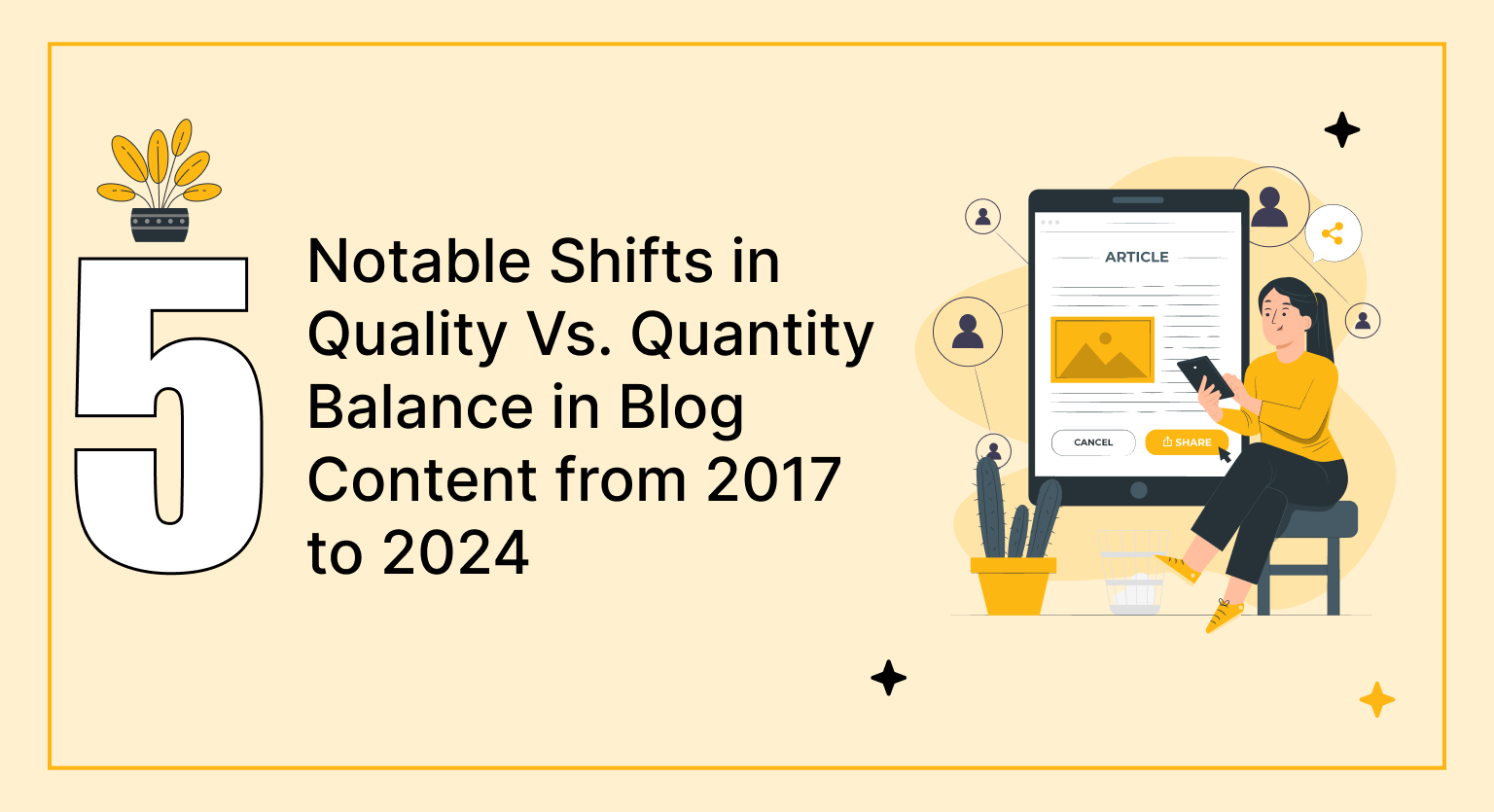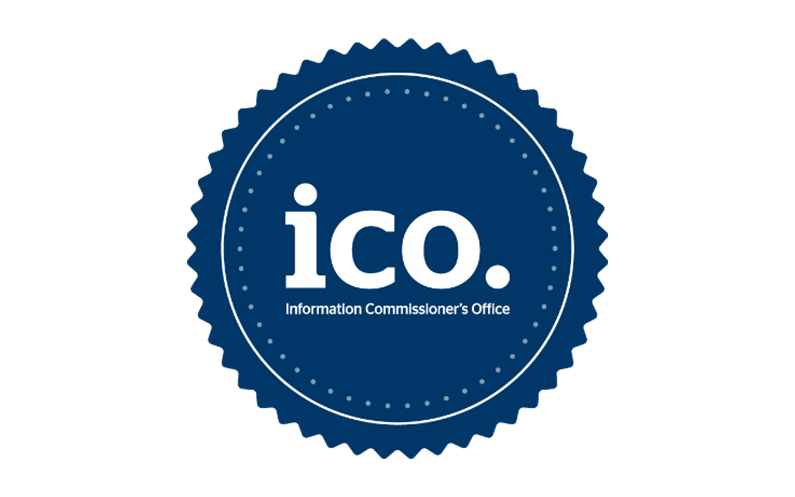In the ever-evolving landscape of digital content, we’ve seen a significant shift in how creators balance quality and quantity. From an Owner’s perspective on the shift from quantity to a quality focus to a Content Strategist’s take on evolving media consumption patterns, here are the top five insights on the notable changes between 2017 and 2024.
- Shift from Quantity to Quality Focus
- Making Each Post Count
- Incorporate Expert Insights
- Maintaining High Quality Content
- Evolving Media Consumption Patterns
Table of Contents
ToggleShift from Quantity to Quality Focus
I’ve noticed a notable shift from prioritizing quantity to emphasizing quality in blog and web content from 2017 to 2024. In 2017, the focus was often on churning out a high volume of posts to keep up with content demands and SEO tactics that favored frequent updates. This trend worsened as AI-generated content began blanketing the internet more recently.
The trend has shifted towards creating fewer but more in-depth, high-quality pieces. Search engines now prioritize content that provides genuine value, depth, and comprehensive coverage of topics. Long-form articles, well-researched guides, and detailed tutorials that address user intent are now more effective for SEO and audience engagement than multiple shorter, superficial posts.
Andrew Lee Jenkins, Owner, Catalyst RVA
Making Each Post Count
Between 2017 and 2024, the way we balance quality and quantity in web and blog content has changed a lot. Back in 2017, it was all about cranking out as many posts as possible to keep up with SEO and audience demands.
Fast forward to 2024, and the game has changed—both search engines and readers are now looking for well-researched, insightful content that actually provides value. It’s not just about posting frequently anymore; it’s about making each post count.
So now, instead of a flood of mediocre posts, you get fewer but much more engaging and useful ones.
Diamond Price, Creative and SEO Specialist
Incorporate Expert Insights
Including Subject Matter Experts (SMEs) provides valuable background and useful insights for the reader. When the writer approaches blog/web content like journalism—where the reporter always asks what’s useful for the reader—the result is higher-quality online content. In 2017, the web was littered with boring, copycat articles.
In practice, this looked like Googling the keyword term or topic, reviewing the top-performing articles, and making them longer (in the hopes that longer would be more informative and therefore “better”).
Today, the winning approach is more of one that asks what the reader already knows, what’s their motivation for typing this into a search engine, and how can we create something that makes their life better for having read it?
Jennifer Phillips April, Copywriter and Content Strategist, Write Words Marketing
Maintaining High Quality Content
Having spent years blogging about dogs at Dogwithblog.in, I’ve seen a clear shift in SEO focus. In the period preceding 2020, churning out frequent content was key. But search engines are getting smarter and prioritize in-depth content that truly informs and engages.
While consistency remains important, it’s the quality that matters most. It’s about offering value, establishing yourself as an authority, and building trust with your readers. Today, in the age of E-E-A-T (Expertise, Authoritativeness, and Trustworthiness), quality reigns supreme. I focus on creating well-researched, informative articles that truly help dog owners.
Abhishek Joshi, Digital Marketer, Dog with Blog
Evolving Media Consumption Patterns
It’s a new era. People are now consuming media in bite-sized, nugget-form content that is generally tied to video and audio, versus solely written. People don’t read critically anymore; they just consume.

Most media is slanted in one political direction without a range of perspectives being highlighted. Headlines are designed to evoke emotion, which is generally negative.
Great journalists who can think critically about how to create purposeful content amidst this evolving era are rare. There are fewer who can, and that’s the key difference.
Jacqueline DiChiara, Content Strategist

